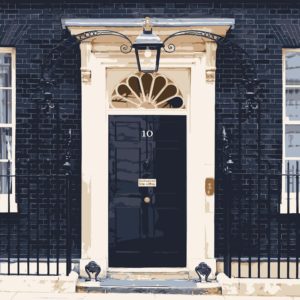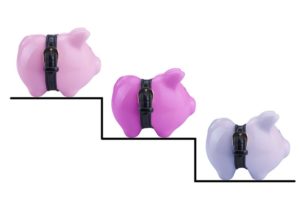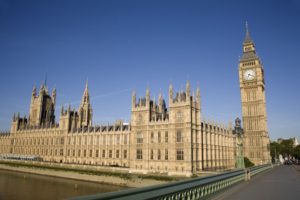Last week we posted that it is over 10 years since Debt Relief Orders (DROs) were first introduced in April 2009. This week we have fleshed out the details of who can claim and some of the restrictions that apply.
What is a DRO?
A DRO is a special way of dealing with debts available to those with minimal assets and low income. If an application for a DRO is accepted, you will make payments over a specified period (usually 12 months) after which any remaining debts will be written off.
There are special rules that exclude any debts that were fraudulently obtained, continue to be repayable, and if your circumstances change (for the better) the DRO can be revoked.
To be eligible for a DRO, you must meet these criteria:
- you owe £20,000 or less
- you have less than £50 to spend each month, after paying tax, National Insurance and normal household expenses
- you've lived or worked in England or Wales in the last 3 years
- your assets aren’t worth more than £1000 in total
- you've not had a DRO in the last 6 years
When you can't apply for a DRO
Eligibility may also be affected if you are involved in bankruptcy proceedings or any other formal insolvency procedure. An application for a DRO must be made using an authorised debt adviser. There are also minimal costs you would have to meet when making an application.
There are certain debts that are not covered by a DRO and there are also restrictions on what you can do during the specified DRO period: for example, restrictions on obtaining credit of more than £500 without informing the lender about your DRO. A DRO will usually stay on your credit reference file for 6 years from the date it was granted.







